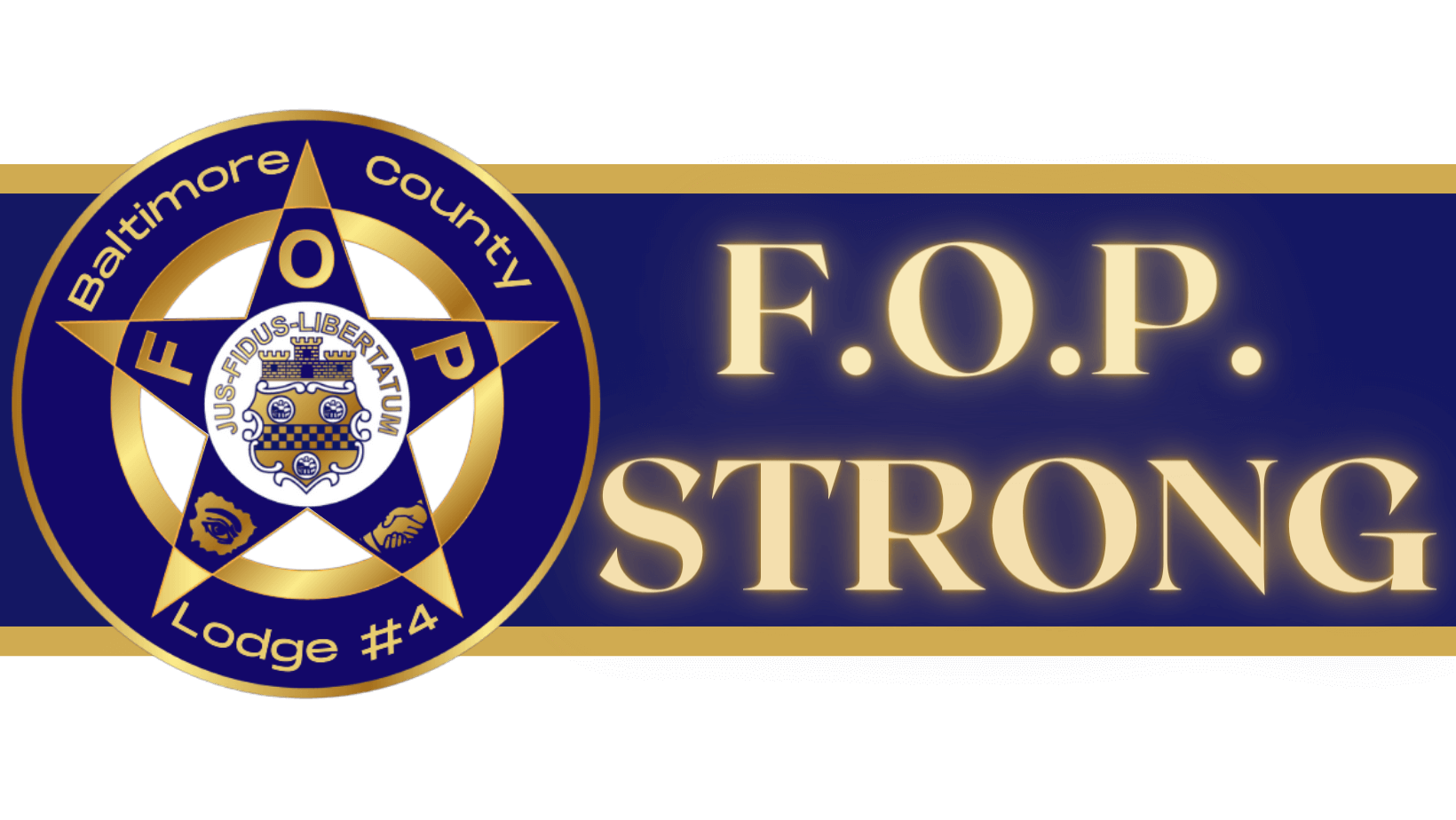News & Info
Click the below link for the current National Newsletter:
Spring 2025…
Racquel Bazos and Steve Early
The Baltimore Sun
July 2, 2025
Mayor Brandon Scott on Tuesday touted continued decreases in the city’s…
Racquel Bazos
The Baltimore Sun
July 2, 2025
A Baltimore Police officer was suspended and criminally charged after a 16-year-old girl he…
Dan Belson
The Baltimore Sun
July 2, 2025
An outage in the city’s computer-aided emergency dispatch system snarled some communications…
The Lodge regrets to announce the passing of Retired Officer George McHargue Jr. #2051. George retired from the Department in August of…
Darreonna Davis
The Baltimore Banner
June 24, 2025
The air cargo shipments contained 300 vacuum-sealed bags filled with a brown powdery…
Carson Swick, Sam Janesch, Hannah Gaskill
The Baltimore Banner
June 24, 2025
Maryland Gov. Wes Moore’s administration will offer a…
Ben Conarck, Darreonna Davis, Jasmine Vaughn-Hall, Emily Opilo
The Baltimore Banner
June 23, 2025
The Baltimore Police Department on Monday…
Ceili Doyle
The Baltimore Banner
June 23, 3035
A former Baltimore City Sheriff’s deputy was arrested Friday by Baltimore County Police and…
Allan Vestal
The Baltimore Banner
June 21, 2025
Christian Ramos faces 15 counts, including 3 charges of attempted first-degree…
